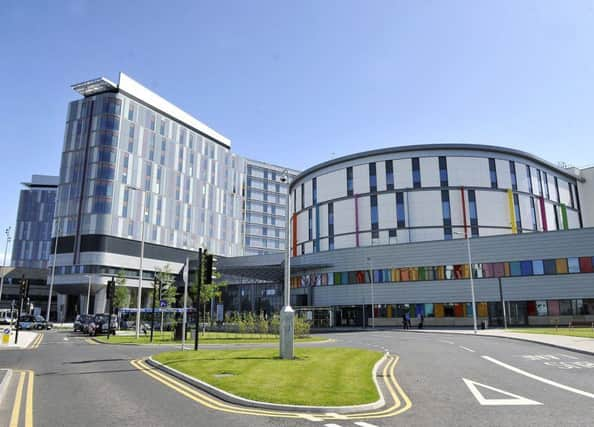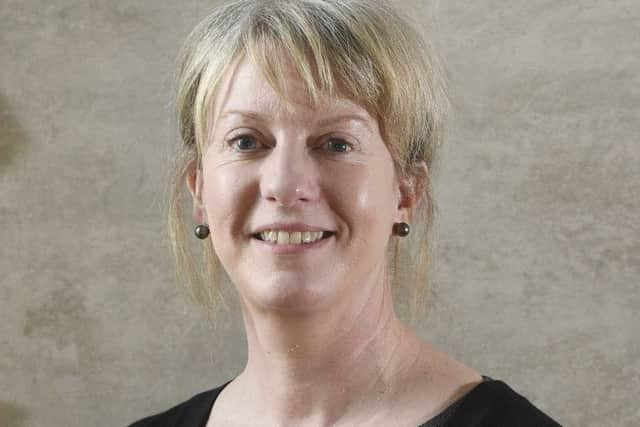Bosses under fire over infected water scare at Glasgow hospitals


None of the youngsters infected were giving “cause for concern”, MSPs were told yesterday.
Labour health spokesman Anas Sarwar said: “There has been no hot water in the cancer ward at the Royal Hospital for Children for almost three weeks, meaning some patients have been unable to bathe.
Advertisement
Hide AdAdvertisement
Hide Ad

“Parents have had to take children with cancer in taxis to other facilities just to wash.
“That is simply unacceptable – and the lack of transparency from NHS Greater Glasgow and Clyde has made the situation worse.”
Ms Robison insisted that testing of the taps and showers believed to be affected had to take its course and safety was the priority. But she added: “Of course I would apologise to the children and the parents for inconvenience that the have experienced. I’m sure that everyone would understand that most important thing here is safety.”
Tests had been extended to the water tanks supplying the Royal Children’s Hospital and Queen Elizabeth University Hospital, which shares the site, but these have proved negative.


A spokesman for NHS Greater Glasgow and Clyde said: The robust infection control measures we immediately put in place included shutting off the taps and showers to these patients. Appropriate measures tailored to each patient were put in place including the provision of sterile wipes for cleaning skin and sterile or bottled water for drinking and brushing teeth.”
